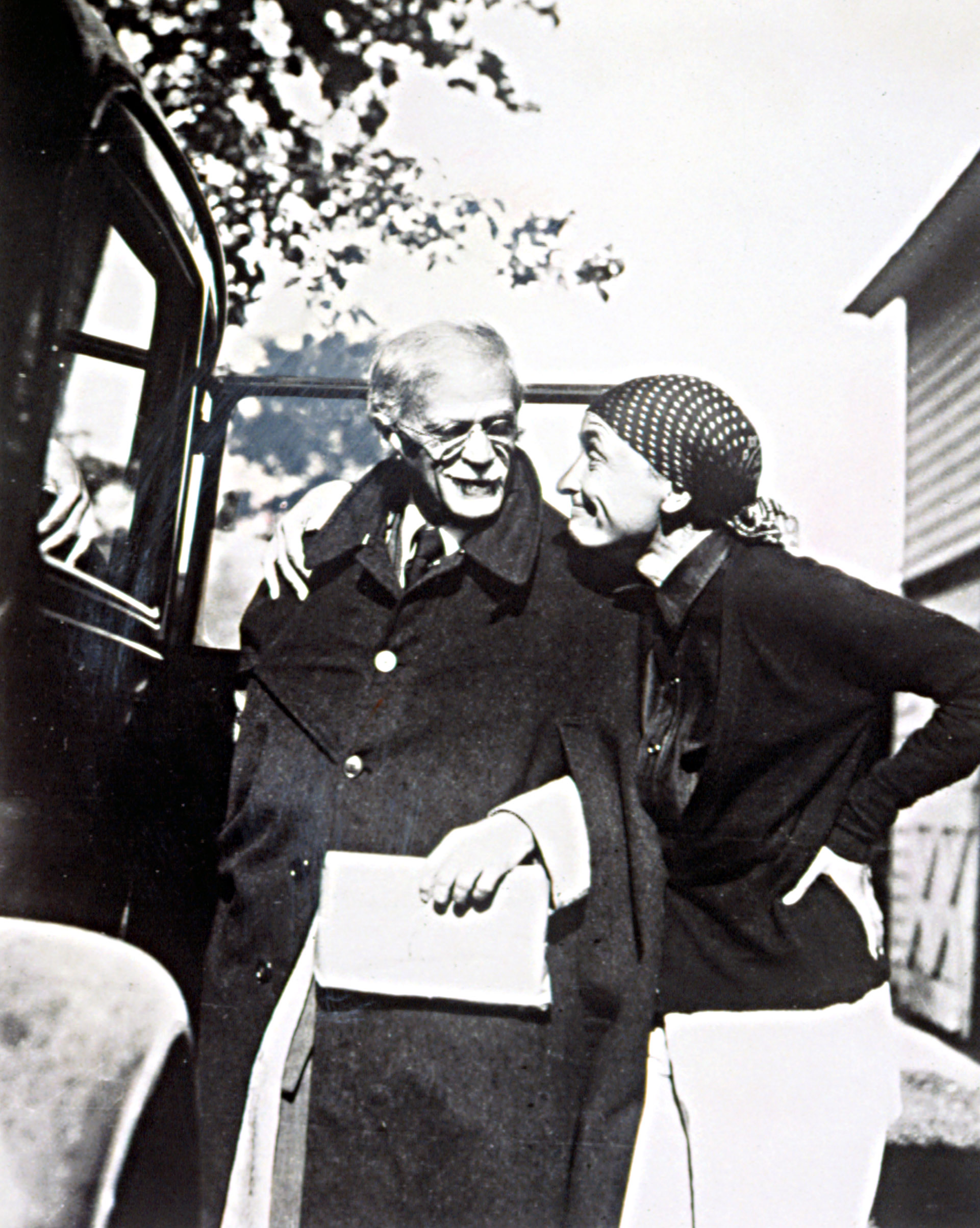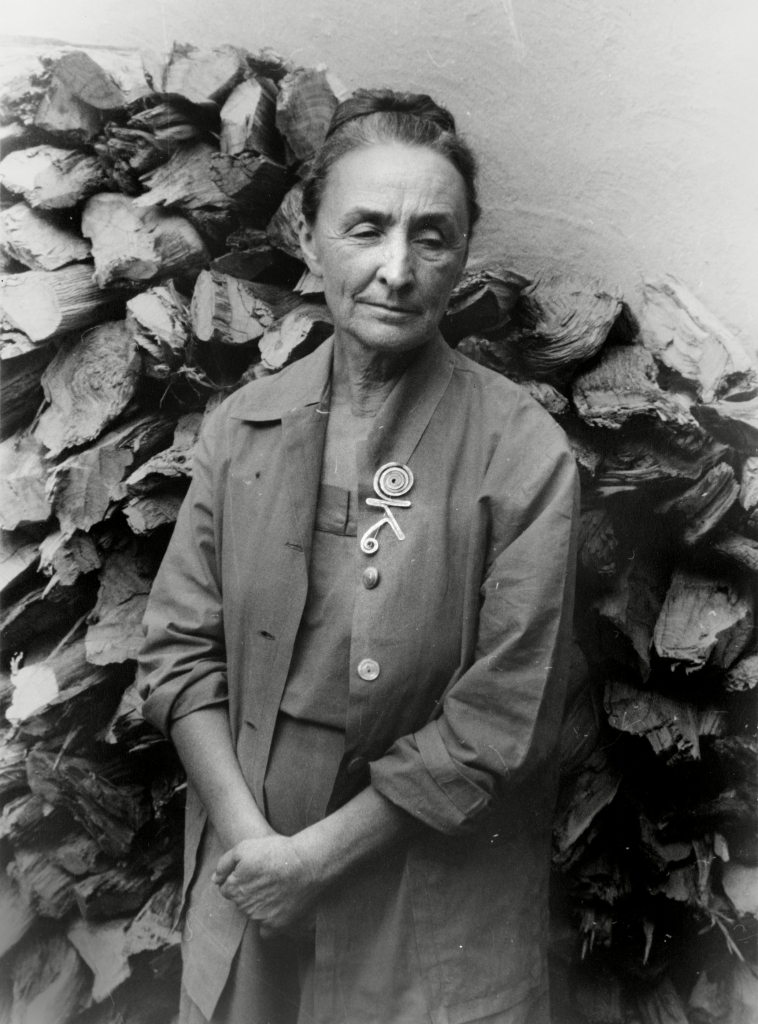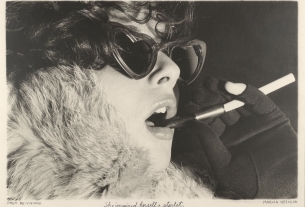Lovers of American art history have always had a soft spot for Georgia O’Keeffe, who is best known for her dreamy paintings of plant life and southwestern landscapes. Today, she is considered one of the most famous American modernists, with works held in the collections of the country’s biggest museums and an institution devoted to her alone in Santa Fe, New Mexico. But even though she earned unusual visibility during the early part of the 20th century, she had for years not held that reputation. The guide below traces some of the key moments in O’Keeffe’s rise to fame, from her early years on a farm in Wisconsin to her formative first visit to New Mexico.
O’Keeffe came from humble beginnings.
Georgia Totto O’Keeffe, born in 1887 to Francis Calyxtus O’Keeffe and Ida Totto O’Keeffe, was the second of seven children in her family. She was raised on a dairy farm near Sun Prairie, Wisconsin, and began studying art from an early age. After O’Keeffe graduated from high school in 1905, she headed to the Art Institute of Chicago, where she spent one year before attending the Art Students League in New York. Upon her graduation in 1908, the artist was awarded the William Merritt Chase still life prize for the painting Untitled (Dead Rabbit with Copper Pot).




